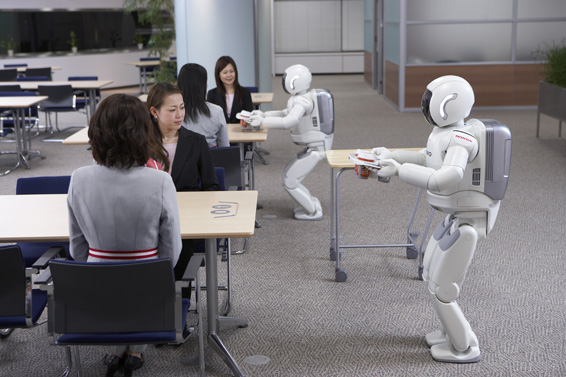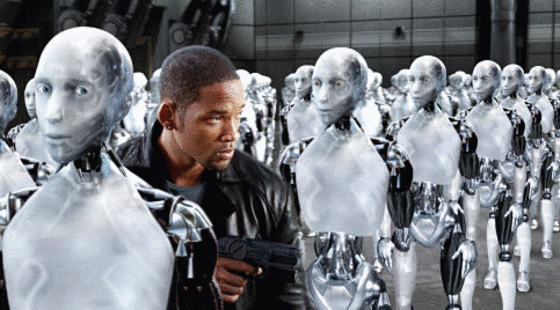Laws of Robotics
Just like the rules of a game, we have some rules of robotics. Before defining these rules I want to tell you something about history of robots which is very interesting.
According to Wikipedia, the word ‘robot’ was introduced to the public by Czech writer Karel Eapek in his play R.U.R. (Rossum’s Universal Robots) published in 1920. The play begins in a factory that makes artificial people called robots, but they are closer to the modern ideas of androids, creatures that can be mistaken for humans. They can plainly think for themselves, though they seem happy to serve (The problematic issues arises when robots are being explained and how the consequences shall be handled.
However, Karel Eapek himself did not coin the world. He wrote a short letter in reference to an etymology in the Oxford English Dictionary in which he named his brother, the painter and writer Josef Eapek, as its actual originator, in an article in a Czech journal Lidove noviny in 1993. He explained that he originally wanted to call the creatures’ labor (from Latin labor, work). However, he did not like the work, and sought advice from his brother Josef, who suggested “roboti”. The wordrobota literally means work (labor or self-labor) and figuratively “drudgery” or “hard work” in Czech and many Slavic languages. Traditionally the robota was the work period a serf had to give for his lord, typically 6 months of the year. Serfdom was outlawed in 1848 in Bohemia, so at the time Eapek wrote R.U.R., usage of the term robots had broadened to include various types of work, but the obsolete sense of “serfdom” would still have been known.
In science fiction , the Three Laws of Robotics are a set of three rules written by Isaac Asimov, in which almost all robots appearing in his fiction had to obey, which were introduced in his 1942 short story “?Runaround” although foreshadowed in a few earlier stories.
The Laws state the Following:
- A robot may not injure a human being, or, through inaction, allow a human being to come to harm.
- A robot must obey orders given to t by human beings except where such orders would conflict with the First Law.
- A robot must protect its own existence as long as such protection does not conflict with the First or Second law.
In later works, Asimov added an additional law, so called the Zeroth Law:
“No robot may harm humanity or through inaction allow humanity to come to harm”
All these laws are nothing but the laws which are saving only humanity while helping humanity, so everything is in our control. Machines are only labors, and in fact, the word robots means “forced labor”









Comments (1)